
Part of my job is to build the blogs each week and it can be both a blessing and a curse. A blessing because I get to look at amazing photographs and read delightful stories for a living, and a curse because of the ever-present FOMO* which I really should have been warned about. This week has been worse than ever because three of my colleagues from Angama’s South African office have been at the lodge enjoying glasses of wine overlooking the Mara: “Sorry Charlotte, next time!” unhelpfully writes Ryan as he, Ali and Sue send pictures from the lodge.
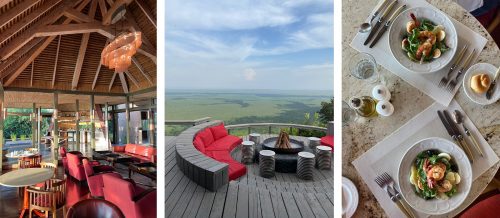
Anyway, the joke is on them because here we are enjoying the Mara as well - even if it is remotely and without wine, at least on my part. Thanks to Adam Bannister’s ever-at-the-ready camera, we can set off on a week-long safari too. And as if planned, Adam started the week in my favourite way – in a hot-air balloon.
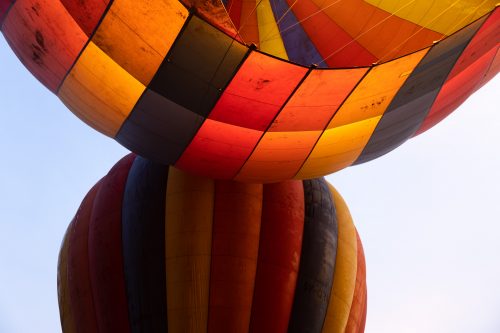
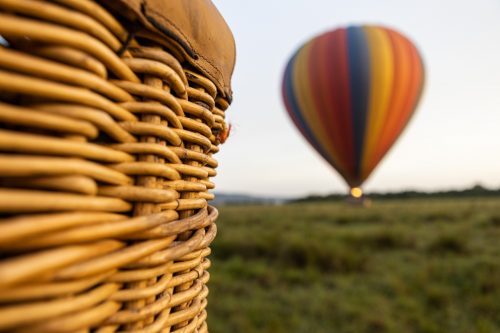
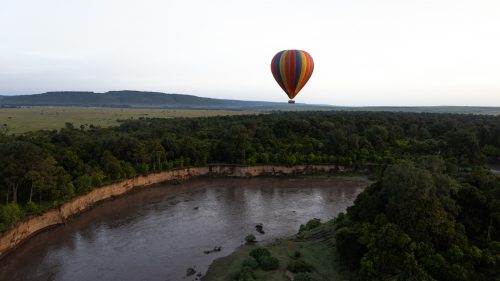
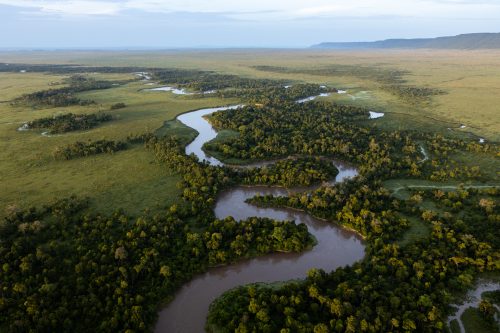
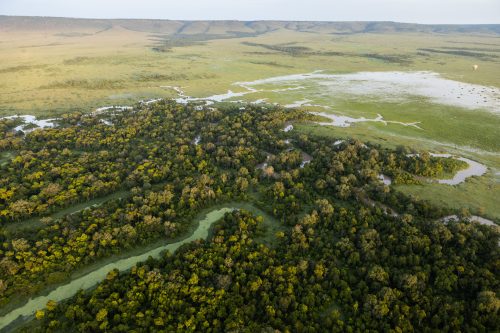
The height and movement of the hot-air balloon gives a fantastic overview of the Mara and just how much water it can hold. On average it rains approximately 1 400mm (55 inches) per year and with all that rain comes an abundance of fauna and flora.
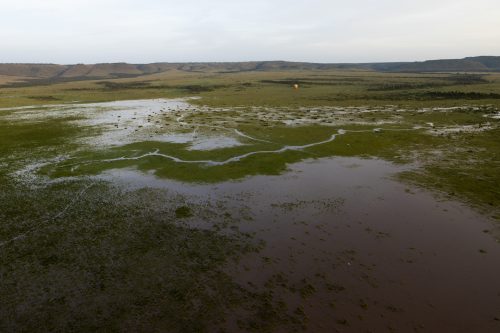
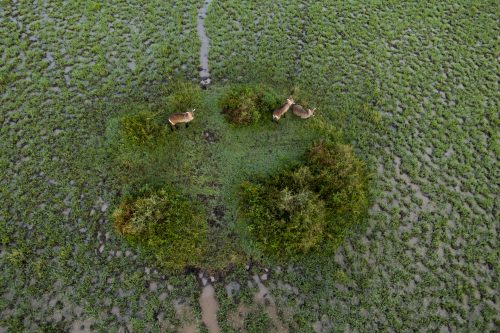
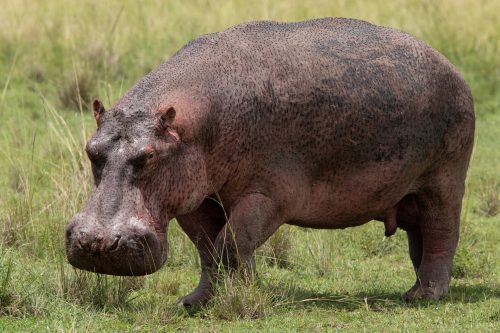
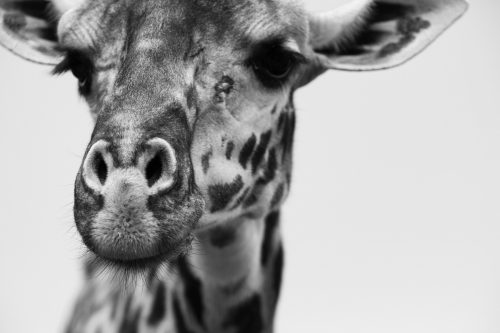
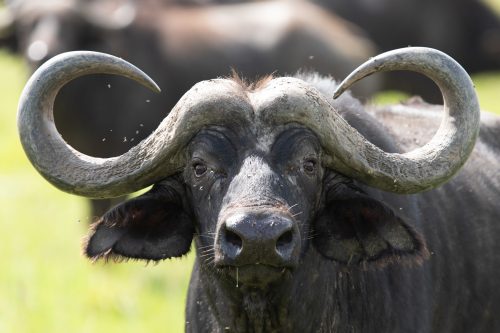
As Adam wrote in This Week at Angama #209, out of all the animals, elephants seem to love the water most. Slurping up between four and six litres of water with each trunkful, elephants drink about 225 litres of water a day. Having to look for far-flung sources of water severely cuts down on their precious eating time (about 17 hours a day) so you can imagine how happy they are to have water readily available.
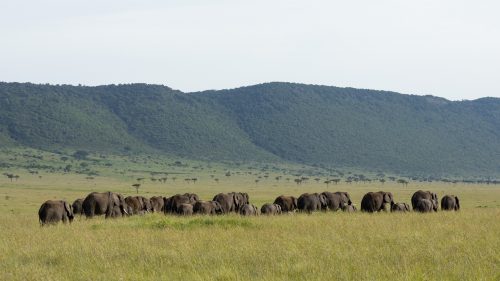
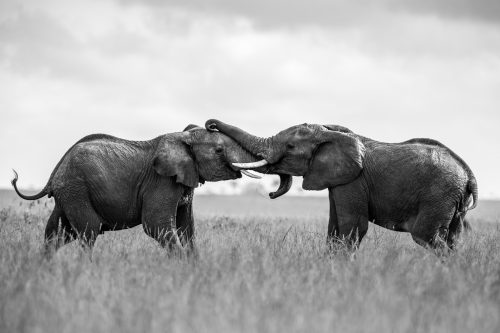
Along with quenching elephants’ thirst, the rains also allow them to throw water-wise practices to the wind and have a very splashy bath or two. Here’s a video of an elephant tea-party that Adam was lucky enough to be invited to (sorry Charlotte, next time!).
Of course, we had some fantastic cat activity too. After thousands of hours spent in the Triangle collectively and even more photographs, we’re slowly but surely coming to recognise and understand the leopards in the Mara. It’s always a delight to see the Shepherd Tree Male who is one of our older and more distinguished characters. Having said that, a guest took a photograph of him acting more like a curious meerkat than an esteemed leopard as he sits on his haunches craning his neck to get a better view over the long grass.
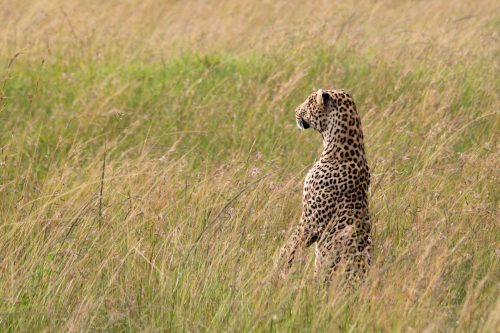
Alas alack, we’ll have to spend more time with the leopards of the Mara (poor us) because the same guest photographed the Salt Lick Female and an unknown male mating on a termite mound for all the world to see.
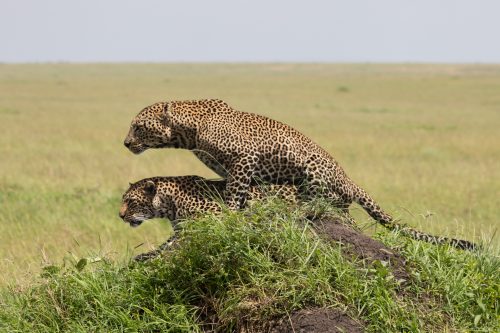
As I’m sure you’ve gathered by now, we’re well familiar with the lions of the Triangle. You can click this link to read our lion guide. This week, we had the pleasure of driving alongside a Nyati male, one of the Mara's 'cool kids'.
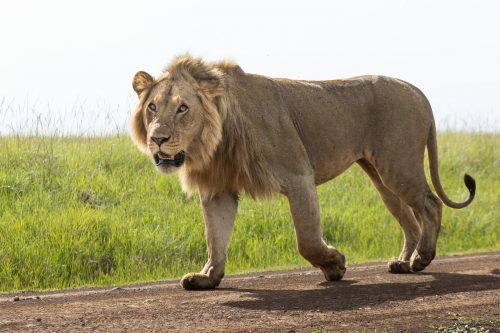
Adam also found four very sleepy Inselberg males. Where the fifth one could be is anybody’s guess but I was quite alarmed by the eye injury that one of them was sporting. We’re not sure of the cause, perhaps a brotherly dispute? Or maybe he angered a not-to-be-messed-with female? Whatever it was, he doesn’t seem too phased about it and Adam assures me the Kenyan Wildlife Service will have it all under control.
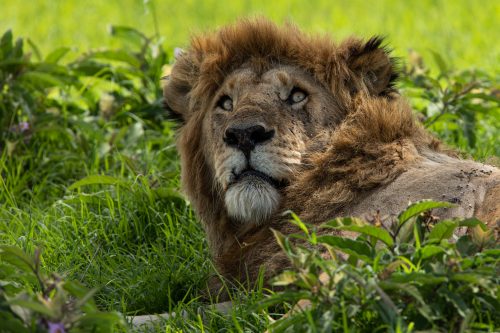
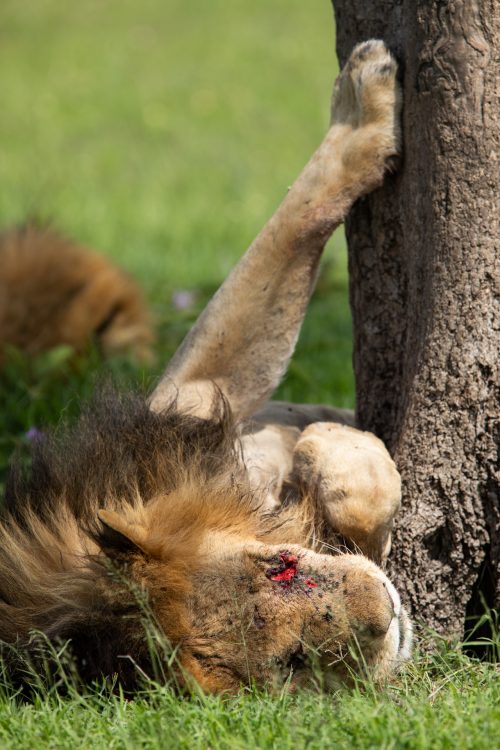
Last but not least; a lioness with a terrapin in her mouth. If one was to look for a terrapin they would do best to look in a pond or any body of water really. The last place I would suggest looking is in the jaws of a lion, but there you have it – never say never on safari!
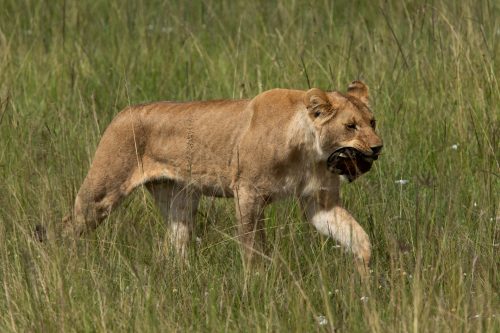
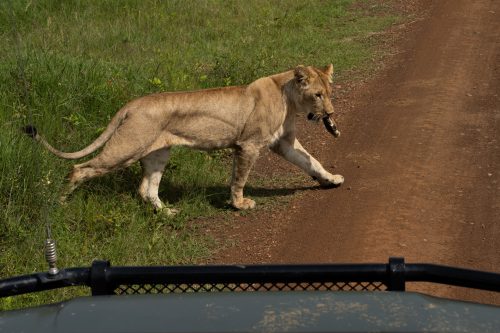
While I know it’s not the norm, I’ve added in a few pictures of my colleagues from this week. I haven’t seen them in months and without them nothing would happen this, or any, week at Angama. (I also like to slip into conversation as much as possible that some of my colleagues are Maasai warriors - how many desk dwellers can say the same?)
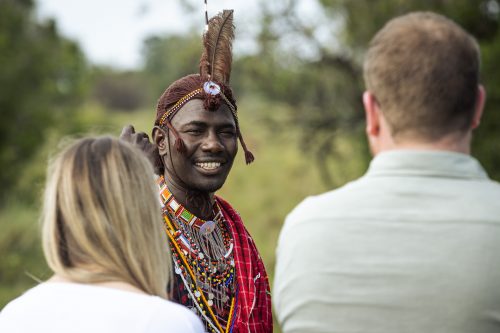
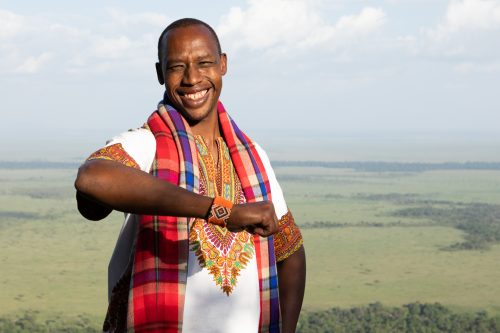
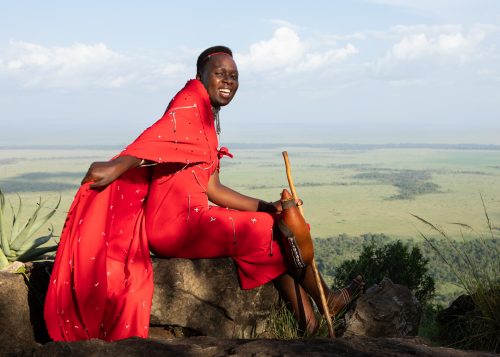
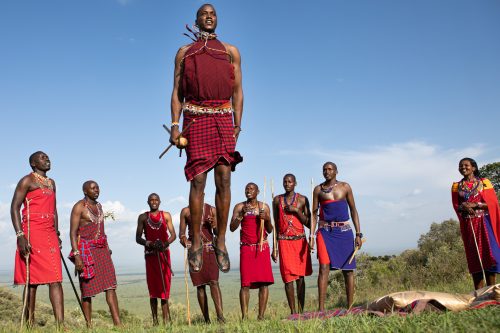
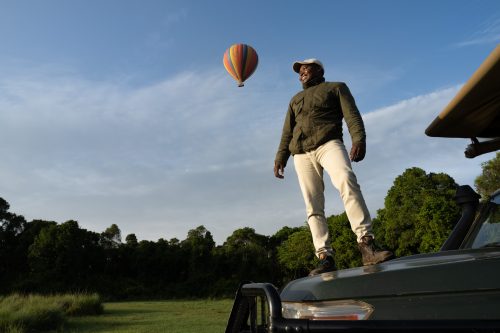
*FOMO - fear of missing out: fear of not being included in something (such as an interesting or enjoyable activity) that others are experiencing
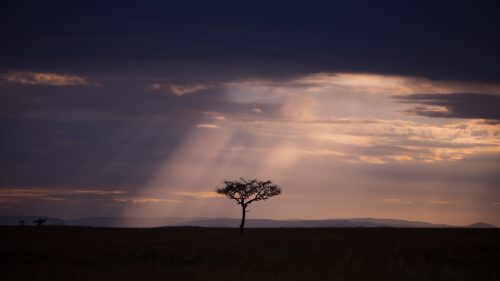
This time last year, Laura was also finding great solace in Adam's photographs as she yearned for the wilderness.
Filed under: This Week at Angama
Subscribe for Weekly Stories
Comments (0):
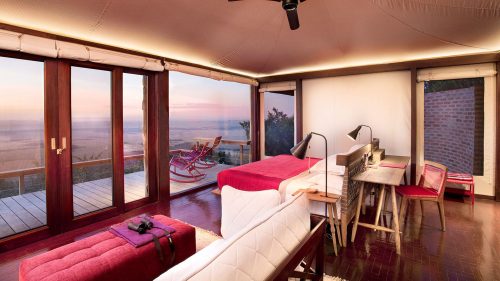
Tented Suites